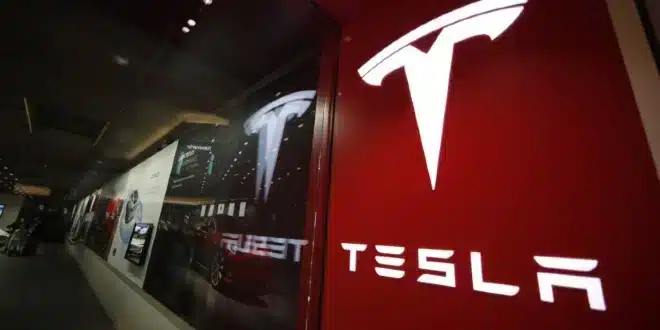Tesla has recently taken steps to lower prices on some of its electric vehicles and its “Full Self Driving” system, aiming to bolster the company’s earnings growth amidst declining global sales and a falling stock price. However, Wall Street remains unconvinced, anticipating further insights from CEO Elon Musk when Tesla reports its first-quarter finances.
Despite Musk’s longstanding promotion of the potential of a fully autonomous “robotaxi” fleet, which he has touted as a growth driver for Tesla, skepticism abounds. Musk initially promised autonomous robotaxis by 2020, but delays have persisted. Now, Musk is pinning hopes on unveiling a new robotaxi model to reignite sales growth.
Industry analysts express doubts about this strategy, fearing it may have led to the cancellation or postponement of plans for the Model 2, a more affordable Tesla aimed at the mass market. Meanwhile, Tesla has implemented price cuts on various models and reduced the cost of its “Full Self Driving” system.
Despite these efforts, Tesla’s stock price continues to decline, prompting analysts to point out the company’s challenges in matching production with demand. Tesla’s recent manufacturing and delivery figures indicate an excess of inventory, even after previous price cuts.
In response to market pressures, Tesla recently announced workforce reductions and saw the departure of a key executive. Additionally, the company seeks to reinstate a significant pay package for Musk that had been previously rejected.
As Tesla prepares to unveil its quarterly report, expectations are mixed. While some anticipate insights into the robotaxi program and potential plans for the Model 2, others question the feasibility of Tesla’s autonomous driving technology, particularly in comparison to systems utilizing laser and radar sensors alongside cameras.
Experts highlight the limitations of solely camera-based systems like Tesla’s, emphasizing the importance of safety, robustness, and reliability in autonomous driving technology. Despite Musk’s assertion that lidar is unnecessary, critics argue that comprehensive sensor suites are essential for navigating complex road scenarios.
As Tesla navigates these challenges, its future trajectory remains uncertain, with investors and analysts closely monitoring the company’s strategic decisions and technological advancements in the autonomous driving space.


